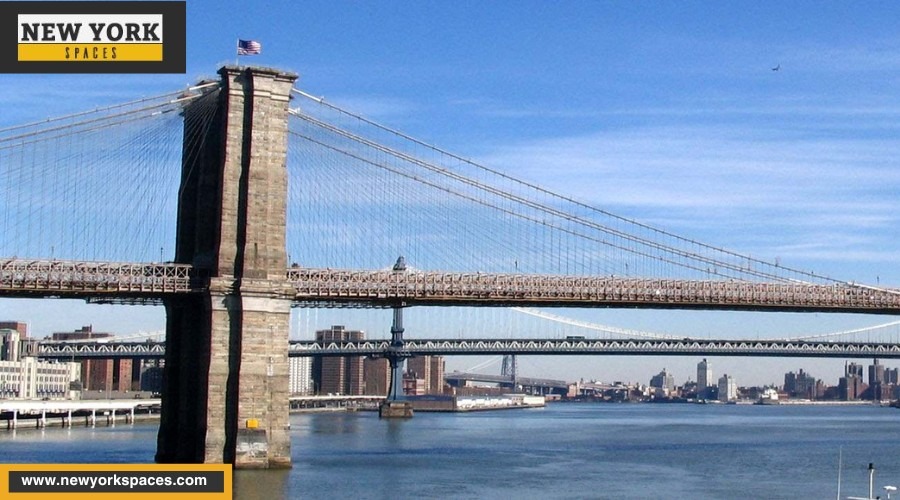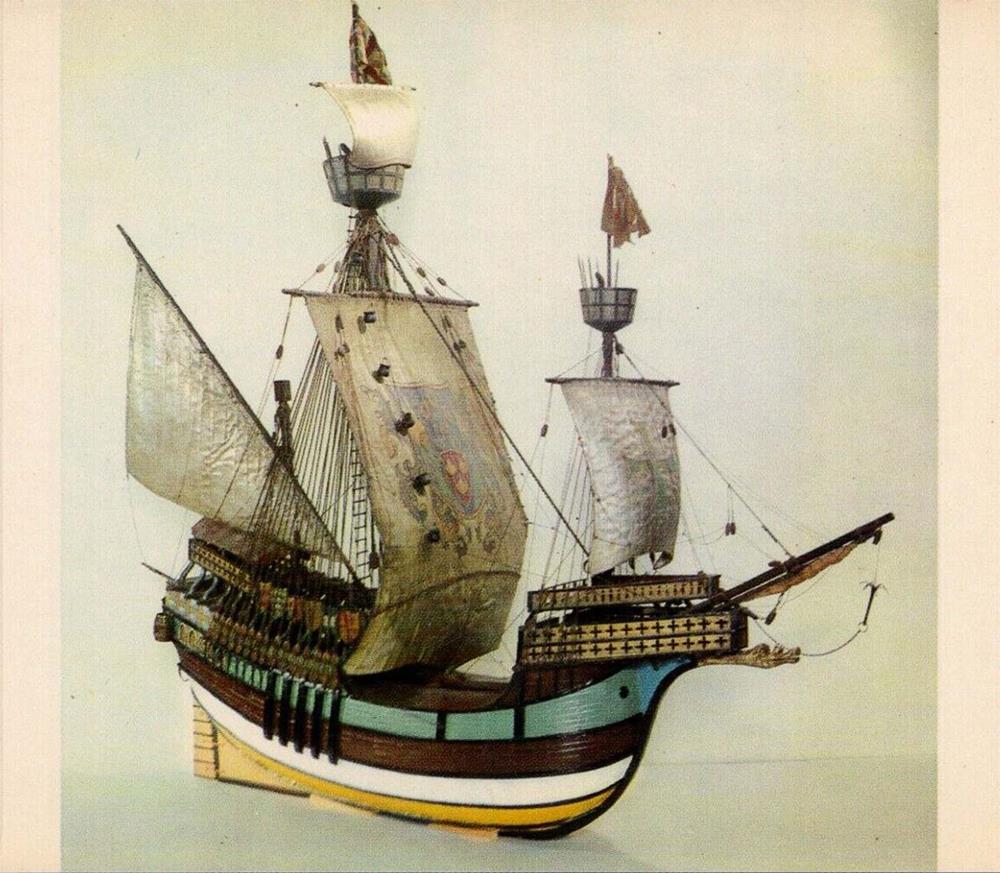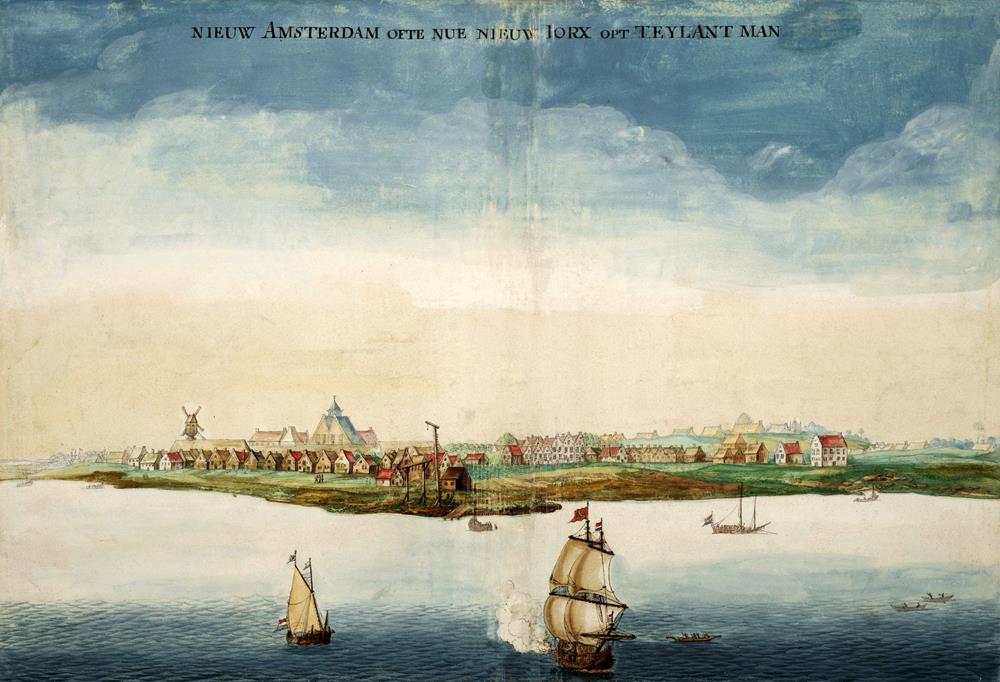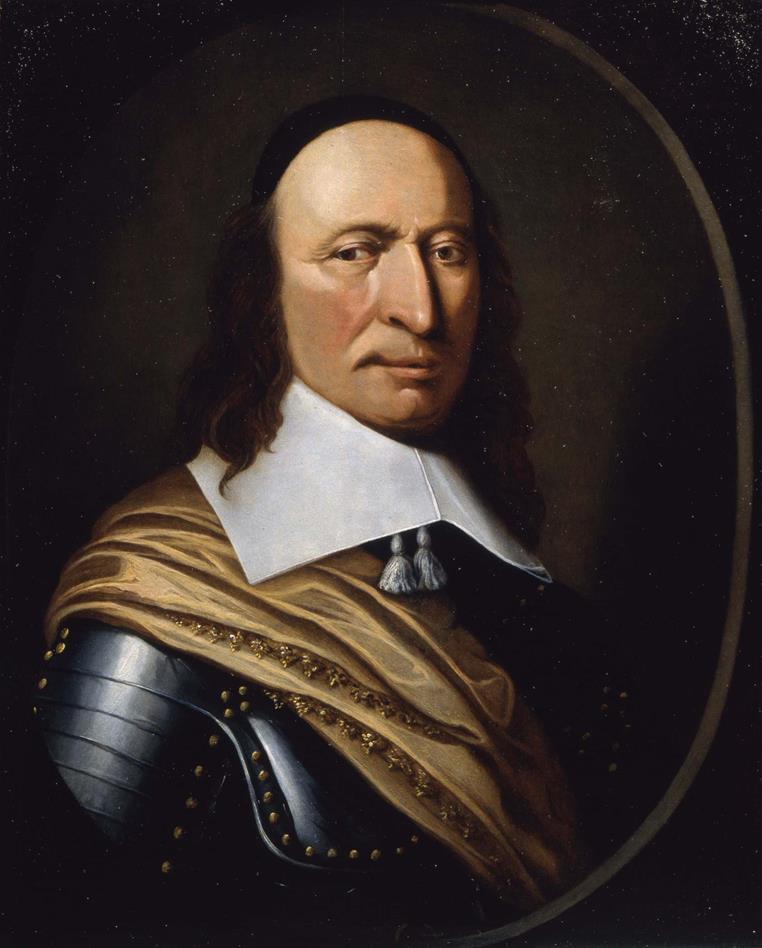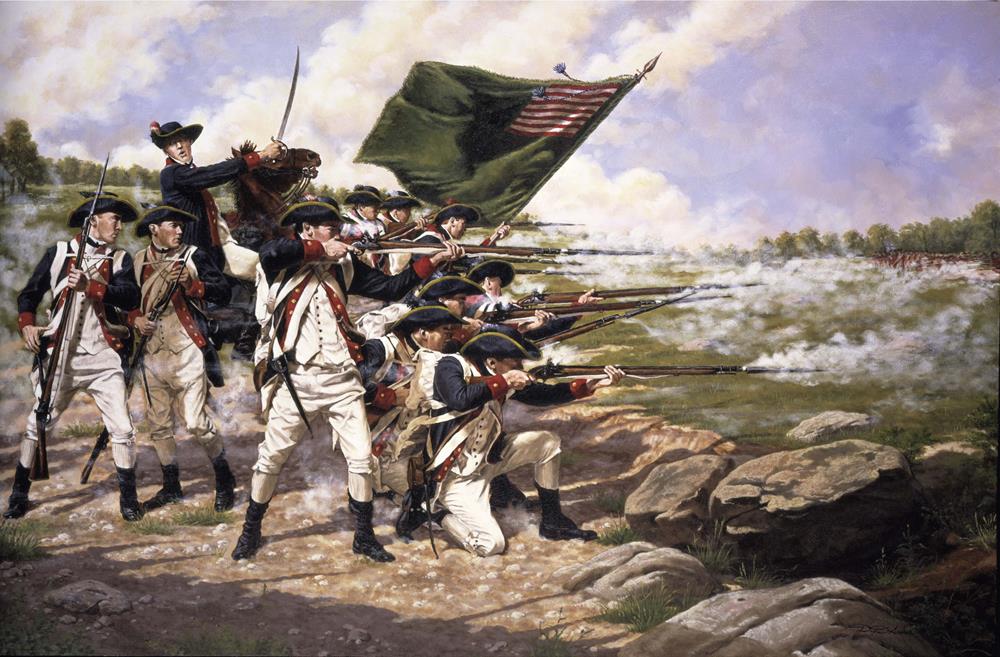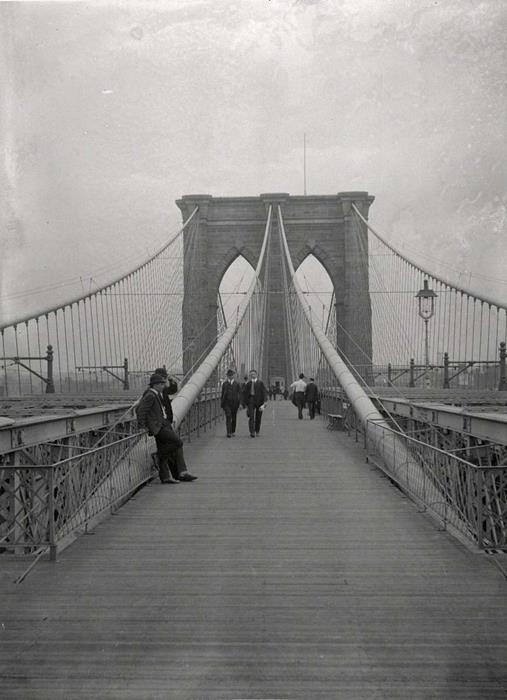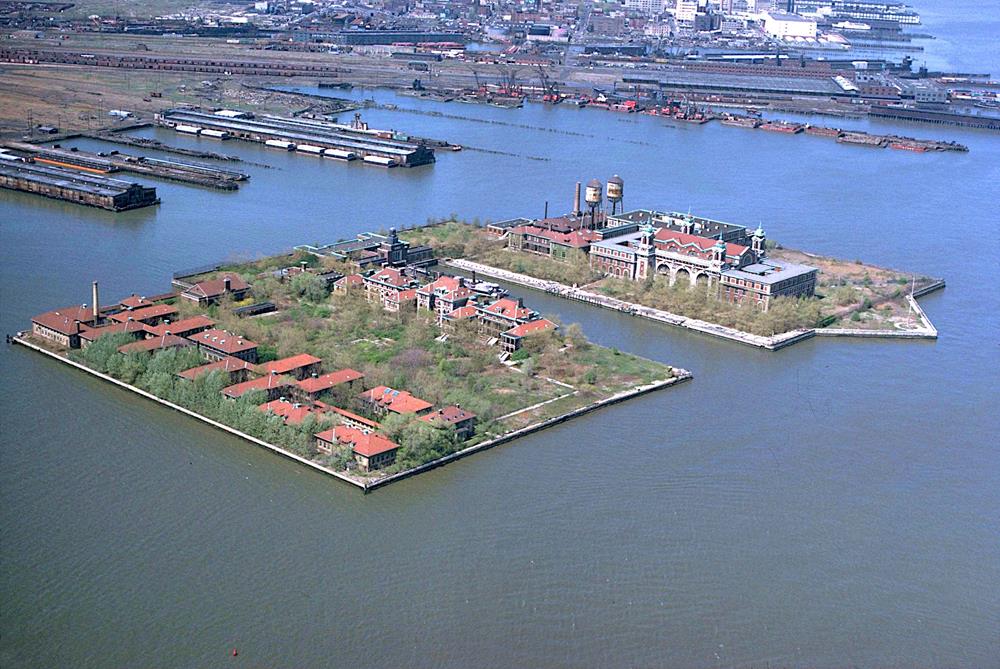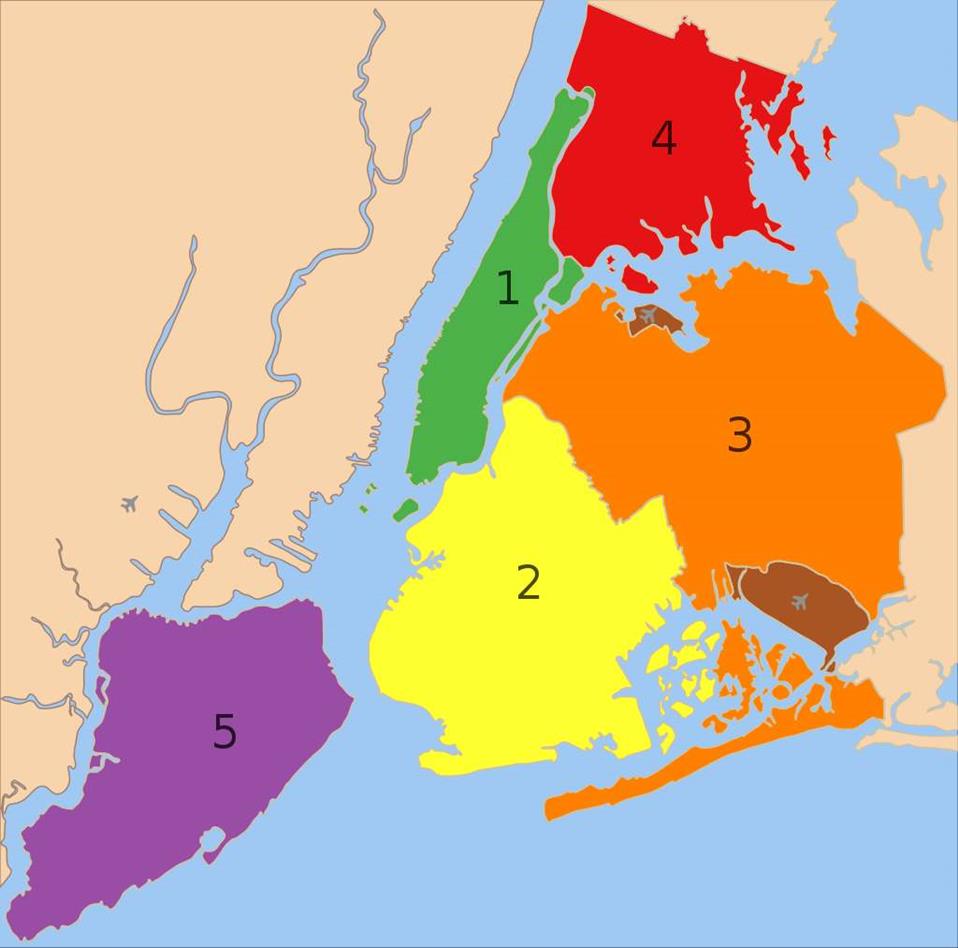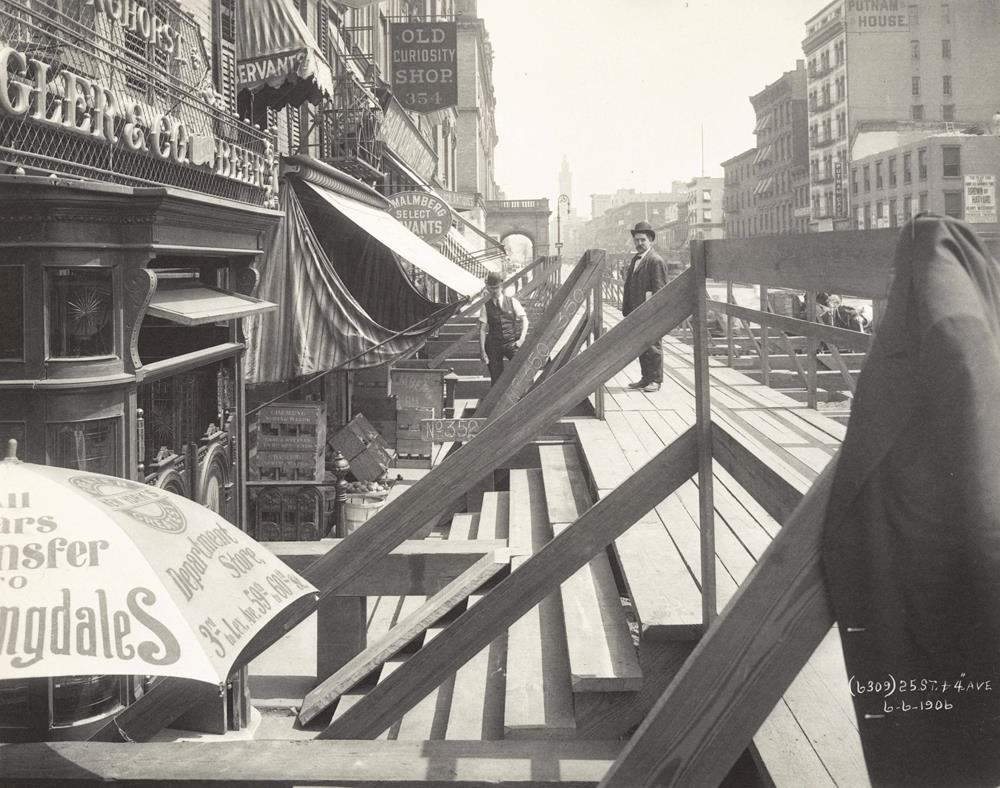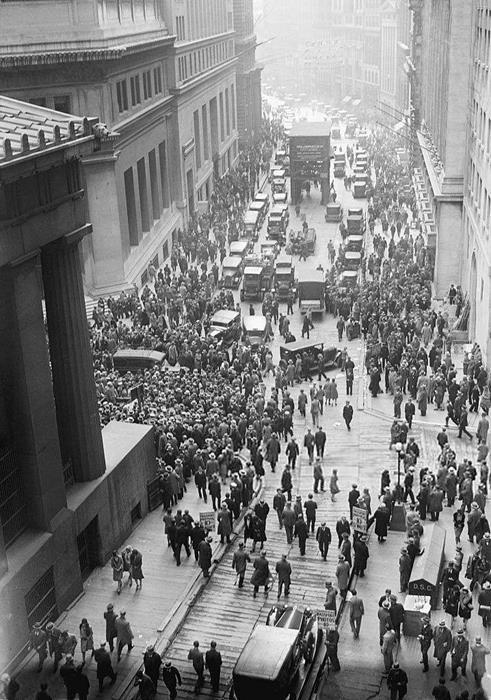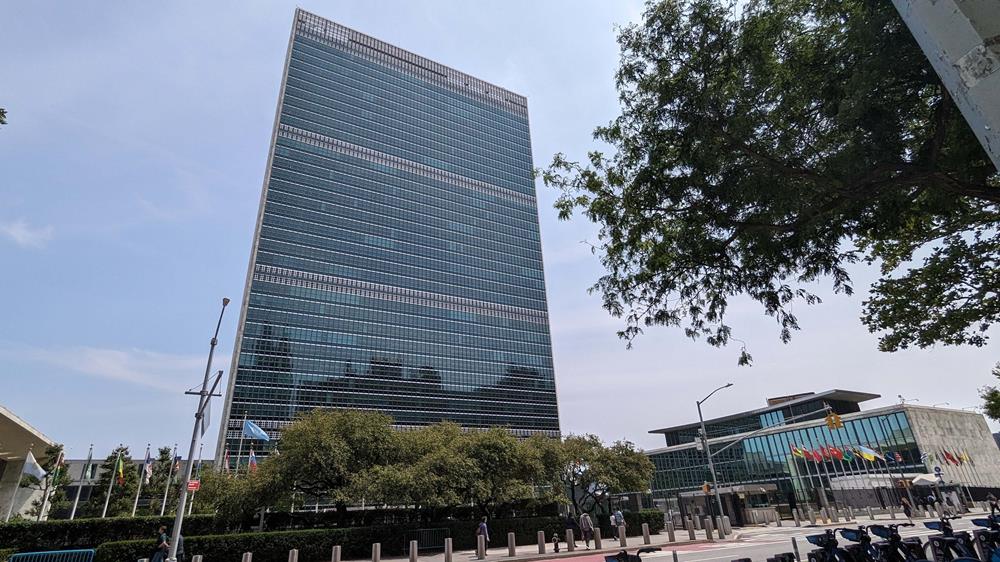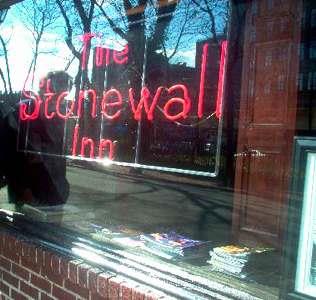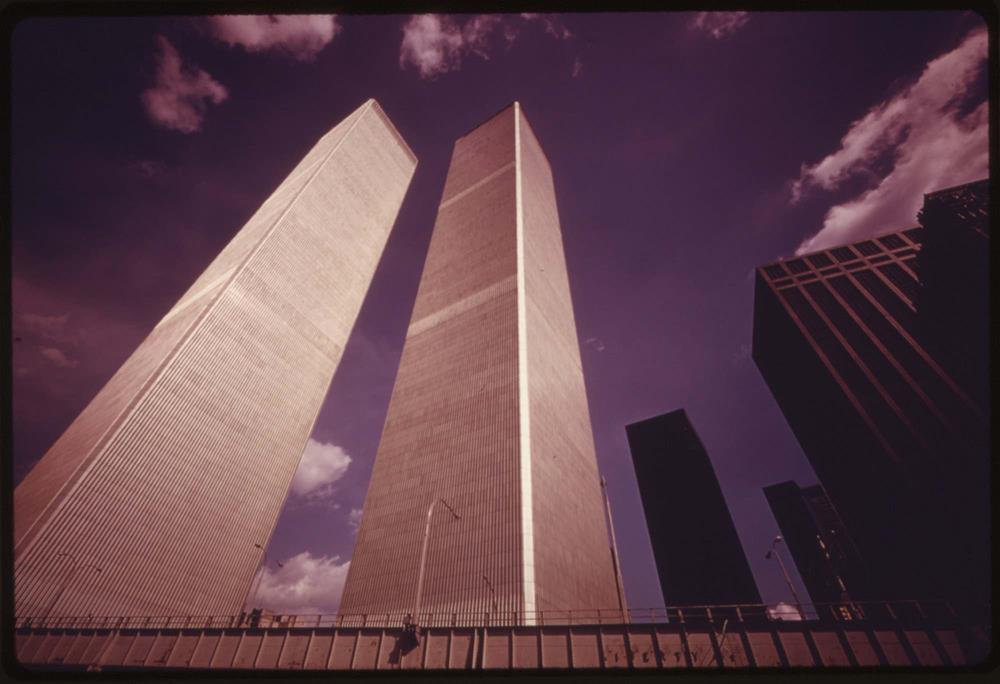New York, often hailed as the city that never sleeps, is not just a hub of modern-day culture and business. It’s a living, breathing evidence of American history. Knowing the historical events that have shaped this metropolis is not just about knowing facts – it’s about connecting with the heart and soul of New York. Let’s take a journey through some of the most significant events that have defined the Empire State.
The expedition of Giovanni da Verrazzano (1524)
Before the bustling streets, before the soaring skyscrapers – even before the Dutch settlers laid claim to its shores – there was a moment in history that quietly signaled the birth of what would become New York City. In 1524, the world of New York began to unfold under the watchful eyes of an Italian explorer, Giovanni da Verrazzano.
Commissioned by King Francis I of France, Verrazzano embarked on a journey that would bring him to the uncharted waters of the North Atlantic. His mission was to discover a sea route to the Pacific and the riches of Asia, a quest that had enticed many before him. What he found instead was something no less remarkable: the natural harbor that would one day cradle New York City. In 1524, he encountered the Lenape tribe in New York when he entered the New York Bay.
As Verrazzano navigated through what is now known as the Verrazano Narrows, he couldn’t have imagined the future significance of this encounter. His ship, La Dauphine, sailed into the expansive natural harbor, a gateway to an untouched land rich with dense forests and abundant wildlife. The explorer and his crew were among the first Europeans to behold the pristine beauty of this land.
Though Verrazzano himself never established a permanent settlement, his exploration laid the groundwork for future European endeavors. His observations of the harbor and its surrounding region were a beacon that drew others to these shores. Just over a century later, the Dutch West India Company would seize upon these early inklings of promise, establishing the settlement of New Amsterdam.
The Founding of New Amsterdam (1624)
The narrative of New York City truly took root in 1624, with the founding of New Amsterdam by the Dutch. The Dutch West India Company, seeking to capitalize on the burgeoning North American fur trade, established New Amsterdam as a trading post. Unlike other colonial powers of the time, the Dutch approached their venture with a uniquely inclusive philosophy. They envisaged a center of free trade, a melting pot of cultures and ideas, far removed from the rigid hierarchies that defined European societies.
New Amsterdam quickly became a bustling hub of commerce, attracting settlers, traders, and adventurers from all corners of Europe and beyond. The city’s strategic location, combined with the Dutch principle of religious tolerance, made it a magnet for a diverse array of immigrants. Jews, Huguenots, Walloons, and Scandinavians joined the Dutch in creating a multifaceted society, each group contributing their customs, languages, and traditions to the burgeoning community.
The urban layout of New Amsterdam, with its grid-like streets, was innovative for its time and reflected the pragmatic Dutch approach to city planning. The famous Wall Street, initially a wooden palisade built to protect against potential invasions, later became the nucleus of global finance. The city’s harbor, bustling with ships from around the world, underscored its status as a global trading powerhouse.
Moreover, the legacy of Dutch governance, particularly their laws and practices regarding property rights, civic governance, and social organization, laid the foundation for New York’s future as a city that values entrepreneurship, individual rights, and community participation.
The British Establishment of New York (1664)
In 1664, the British seized New Amsterdam, marking a pivotal moment in the city’s history. This takeover was not just a change of power; it signified a profound transformation in the identity and direction of the city. English King Charles II promised New Amsterdam to his brother, Duke of York, even though it was still under Dutch rule.
When the warships approached New Amsterdam, Director General Peter Stuyvesant brought the colony to the English and renamed it New York after the Duke.
This transition from Dutch to British rule brought about significant changes. While the Dutch had fostered a relatively open and diverse society, the British brought their own customs, laws, and administrative systems. Despite these changes, the city continued to flourish as a trading hub, and many of the Dutch settlers remained, contributing to the cultural and economic life of the colony.
The Revolutionary War: The Battle of Brooklyn (1776)
In 1776, the streets of New York became a battleground for one of the most significant early conflicts of the American Revolutionary War: the Battle of Brooklyn, also known as the Battle of Long Island. This confrontation was crucial, marking the largest battle of the entire war and setting the stage for the city’s strategic role in the fight for independence.
Fought in August 1776, it was the battle where General George Washington and his Continental Army pitted against a superior British force. Despite the Americans’ strategic retreat, this engagement showcased the resilience and determination of the American troops.
Following the battle, the British gained control of the city, turning it into a key base of operations for their forces. This occupation lasted until the end of the war, heavily influencing the city’s social and economic landscape.
The Opening of the Brooklyn Bridge (1883)
In 1883, New York City witnessed a remarkable feat of engineering and vision with the opening of the Brooklyn Bridge, the world’s first steel-wire suspension bridge. Connecting Manhattan and Brooklyn, the bridge was not just a milestone in the world of architecture and engineering – it unified the diverse population of New York and had a huge role in making the city a flourishing metropolis.
John Augustus Roebling started the construction of the Brooklyn Bridge in 1869, and it was completed by his son, Washington Roebling. At the time of its completion, it was the longest suspension bridge in the world, celebrated for its innovative use of steel cables and its majestic Gothic arches.
The opening of the Brooklyn Bridge on May 24, 1883, was a cause for celebration. It facilitated not only the physical but also the economic and cultural integration of Brooklyn and Manhattan. The bridge quickly became a vital artery for the thousands who commuted daily, fostering greater interaction and collaboration between the boroughs.
To lessen doubts about the bridge’s stability, circus master P.T. Barnum famously led a parade of 21 elephants over the Brooklyn Bridge. It was also a way to promote his circus.
The Ellis Island Immigration (1892-1954)
From 1892 to 1954, Ellis Island stood as the primary immigration station for millions seeking a new life in America. This period marked a transformative era in the fabric of New York City, as it became the gateway for diverse cultures, shaping the city’s unique character.
The opening of Ellis Island was a response to the vast influx of immigrants entering the United States. The island was where immigrant applications were processed. Over 12 million people passed through its doors, each with dreams of opportunity and freedom.
The diverse blend of languages, traditions, and aspirations brought by these immigrants helped shape the cultural mosaic of New York City and even the United States as a whole. In fact, about one-third of the current population of the US has ancestors who passed through Ellis Island.
Consolidation of the Five-Borough City (1898)
The consolidation of New York City into its current five-borough structure on January 1, 1898, marked a transformative moment in the city’s history. This unification brought together Manhattan, Brooklyn, the Bronx, Queens, and Staten Island, forming the City of Greater New York. The idea, debated since the early 19th century, was driven by the vision of a more efficient, powerful metropolis.
This merger was a monumental administrative and political feat aimed at enhancing New York’s status as a national economic and cultural hub. However, it was not without controversy, particularly in Brooklyn, where concerns about losing local identity and political autonomy were strong. The decision ultimately came down to a narrow public vote, reflecting the complexity and significance of this move.
The consolidation fundamentally changed the governance and identity of New York City, laying the groundwork for its evolution into a global powerhouse. It allowed for more coordinated urban planning, infrastructure development, and public services across the newly enlarged city.
The Launch of the First Subway Line (1904)
It’s hard to imagine New York City without its busy subways, but there was a time when there was none. In 1904, New York had its first Interborough Rapid Transit (IRT) subway line. This event was a significant milestone in the city’s history.
The IRT, stretching from City Hall to Harlem, addressed the city’s growing need for efficient, reliable transportation. It connected disparate neighborhoods and made the city more accessible to its inhabitants.
The introduction of the subway had profound implications for the city’s growth and development. It facilitated the expansion of residential and commercial areas, allowing people to live farther from their workplaces. Also, the subway system democratized city life, offering an affordable and quick mode of transport for all New Yorkers, regardless of their social status.
The IRT’s launch in 1904 laid the foundation for what would become one of the world’s most extensive and iconic public transportation systems. It played a crucial role in the daily hustle and bustle of city life, becoming an essential aspect of New York’s identity.
The Wall Street Crash of 1929
The Wall Street Crash of 1929 stands as one of the most significant events in New York City’s financial history, marking the onset of the Great Depression. On October 29, 1929, known as “Black Tuesday,” the stock market collapsed, wiping out billions of dollars of wealth and sending economic shockwaves throughout the city and the world.
The crash on Wall Street, the heart of America’s financial industry, had immediate and far-reaching effects. Banks failed, businesses closed, and unemployment soared, profoundly impacting the lives of millions of New Yorkers. The city’s bustling economy came to a sudden halt, and the streets, once symbols of prosperity and opportunity, were lined with jobless and homeless people.
The aftermath of the crash led to significant reforms in the financial sector. It prompted the establishment of new regulations and institutions, such as the Securities and Exchange Commission (SEC), to oversee and stabilize financial markets. These changes aimed to restore public confidence in the financial system and prevent a similar catastrophe in the future.
The Construction of Empire State Building (1930-1931)
The Empire State Building, completed in 1931, stands as a monumental achievement in the architectural history of New York City. Constructed during the Great Depression, it symbolized hope and human ingenuity in challenging times. This iconic skyscraper, once the tallest building in the world, was completed in a record time of just over a year, showcasing remarkable engineering and construction feats.
Its distinctive Art Deco design and towering presence have made it an enduring symbol of New York City’s skyline. The Empire State Building is not just an architectural wonder; it’s a representation of the city’s resilience and ambition.
During the time the Empire State Building was being constructed, the Chrysler Building and the George Washington Bridge were also completed, defining the iconic NYC skyline we know and love today.
New York World’s Fair of 1939-1940
The New York World’s Fair of 1939-1940, held in Flushing Meadows-Corona Park, Queens, was a vibrant celebration of culture. Early world fairs focused on technology, scientific advances, and industrialization, but all these changed when the World’s Fair was hosted in New York City from 1939 to 1940.
Themed “Building the World of Tomorrow,” this event placed a significant focus on cultural exchange and artistic expression. Countries from all continents presented their unique heritage and artistic achievements, fostering a mutual appreciation among the diverse cultures. It became a platform for showcasing international arts, including music, dance, and traditional crafts, enabling visitors to embark on a global journey within the fairgrounds.
This World’s Fair left a lasting legacy in New York City, enhancing its reputation as a cultural hub. The fairgrounds, with iconic structures like the Trylon and Perisphere, became landmarks of Queens.
New York City as the Headquarters of the UN (1952)
The United Nations, or the UN, was founded in 1945 after the World War II ended. Originally, the UN Security Council met in London, but in 1952, New York became the permanent headquarters of the United Nations. This decision emphasized the city’s growing importance in international affairs and symbolized its commitment to fostering global cooperation and diplomacy.
Situated along the East River in Manhattan, the UN building became a focal point for world leaders, diplomats, and advocates working toward international peace, security, and development. The New York headquarters holds the General Assembly, Economic and Social Council, Secretariat and Security Council – the four of the main components of the UN.
The Stonewall Riots (1969)
The Stonewall Riots of 1969 was a ground-breaking moment in the fight for LGBTQ+ rights, not just in New York City but across the globe. Sparked in the early hours of June 28 at the Stonewall Inn, a gay bar in Greenwich Village, these riots were a response to police raids and widespread discrimination against the LGBTQ+ community.
The Stonewall uprising lasted several days. It galvanized the LGBTQ+ community and allies to rally for equality, leading to the formation of various advocacy groups and the inception of Pride parades. The riots are commemorated each year with Pride Month, celebrating LGBTQ+ rights and achievements.
The impact of the Stonewall Riots in New York City was profound. They fostered a sense of solidarity and activism within the LGBTQ+ community, sparking a movement that would lead to significant societal and legislative changes. The Stonewall Inn and the surrounding area have since been designated as a National Historic Landmark.
The Twin Towers (1973)
Now a fond memory for New Yorkers, the Twin Towers of the World Trade Center were completed in 1973, becoming a prominent feature of New York City’s iconic skyline. Each tower, standing at 1,368 feet tall, became the tallest building in New York. It surpassed the height of the Empire State Building, which had held the title since 1931.
The Twin Towers quickly became a symbol of New York’s global prominence in finance and commerce. The complex, including the two towering skyscrapers, was not just a workplace for thousands but also a landmark of the city’s ambition and reach.
The Twin Towers remained the tallest buildings in New York City until their tragic destruction on September 11, 2001. This means they held the title of the tallest buildings in the city for 28 years.
‘I Love New York’ Slogan (1977)
In 1977, New York City embraced a new symbol of identity and pride: the ‘I Love New York’ slogan. Created by graphic designer Milton Glaser, this catchy phrase was initially part of an advertising campaign aimed at boosting tourism in the city.
The simplicity and appeal of the design quickly transcended its initial purpose, becoming an iconic emblem of New York City itself. The logo, with its red heart and the letters “I” and “NY” in the iconic slab serif font, appeared on countless souvenirs, T-shirts, and signs throughout New York. To this day, it remains a ubiquitous and beloved symbol of New York City’s charm and appeal.
The simple design became so iconic that it became a pop-culture icon that inspired imitations around the world. Wherever tourists gather, you can find merchandise with “I ❤ …” in gift shops.
The Tragedy of 9/11 (2001)
September 11, 2001, marked one of the darkest and most pivotal days in the history of New York City. New York will never forget the day when terrorists from Al-Queda hijacked commercial planes and crashed them through the Twin Towers of the World Trade Center. Almost 3,000 people were killed, and more were injured. The terrorist attacks on the World Trade Center fundamentally altered the city’s landscape and spirit.
The attacks not only demolished iconic structures but also shattered a sense of security and normalcy. The aftermath saw New Yorkers displaying remarkable resilience and unity, coming together to support one another through a period of immense grief and uncertainty.
Shortly after 9/11, the United States launched the War on Terror. The impact of the tragedy led to significant changes in security, emergency response protocols, and foreign policy. In New York City, it spurred redevelopment and revitalization efforts, particularly in Lower Manhattan. The One World Trade Center, along with the 9/11 Memorial and Museum, now stand as symbols of resilience, remembrance, and a refusal to be defined by tragedy.
The Great Recession (2008)
The Great Recession, which began in 2008, had profound effects on New York City, a global financial hub. Triggered by the collapse of the housing market and subsequent financial crises, it led to significant economic downturns, job losses, and financial struggles for many New Yorkers.
This period marked a time of hardship and resilience in the city. Wall Street faced intense scrutiny and challenges, prompting widespread reforms in the financial sector. The recession spurred regulatory changes aimed at preventing such a crisis from recurring, including stricter oversight of financial institutions.
The impact of the Great Recession extended beyond the financial industry, affecting the broader economy and everyday life in New York City.
COVID-19 Pandemic (2020)
In 2020, New York City faced an unprecedented challenge with the outbreak of the COVID-19 pandemic. The city, known for its bustling streets and vibrant energy, was brought to a standstill as it became an epicenter of the virus during the early stages of the pandemic. The impact was profound and multifaceted, affecting the health, economy, and daily life of millions of New Yorkers.
The city’s response to the pandemic was marked by resilience and adaptation. Healthcare workers, essential personnel, and communities came together to support each other in extraordinary ways. This period also saw innovative uses of technology and resources to combat the spread of the virus, including mass testing sites and the rapid development of vaccination programs.
COVID-19 also prompted significant changes in the city’s infrastructure and lifestyle. Remote work became the norm for many, altering the dynamics of the city’s work culture. Public health measures like social distancing and mask mandates reshaped social interactions, while businesses and restaurants adapted to new operating models for survival.
Conclusion
New York City’s history is a story of triumph, tragedy, resilience, and reinvention. From its early days as a Dutch settlement to becoming a global icon, the city has continuously evolved, with each historical event adding a unique thread to its rich narrative. As New Yorkers and visitors walk these streets, they walk alongside history – a history that’s as vibrant and dynamic as the city itself.

